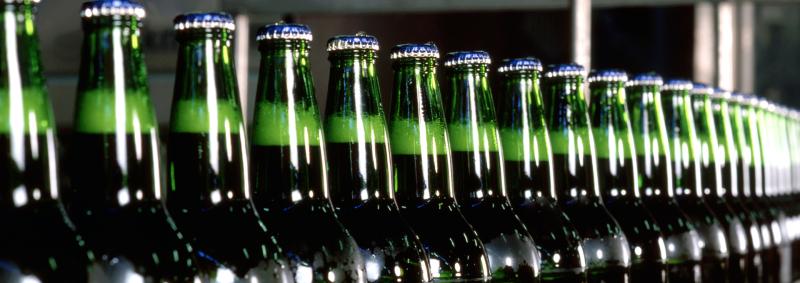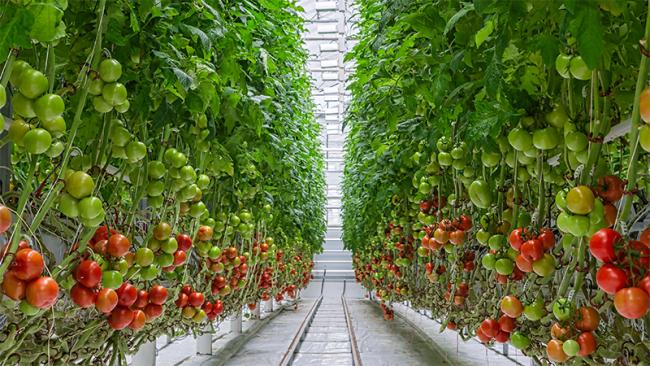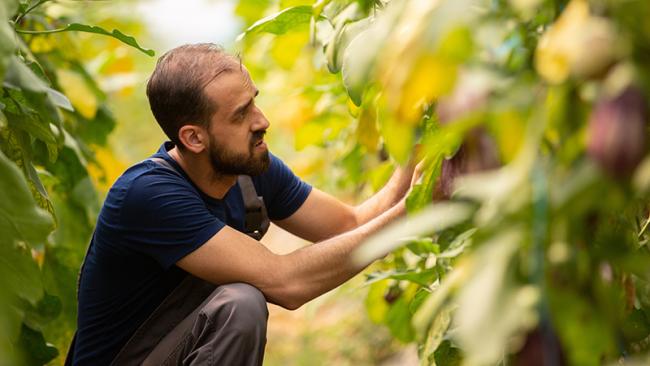
Carbon dioxide in food and beverages processing
All living organisms produce carbon dioxide as a part of photosynthesis. CO2 is a colorless, odorless, tasteless gas that poses a potential risk to human health in high concentrations. CO2 level should be monitored to avoid CO2 accumulation.
In food production, CO2 needs to be maintained at a certain level to ensure working safety, productivity and long lifetime of equipment.
Carbon dioxide monitoring in food processing
Refrigerator leaks monitoring
To ensure safety of people, CO2 levels must be monitored in places where potential refrigerant leaks can occur.
Discover how to enable reliable carbon dioxide leakage detection in CO2 refrigerated spaces.
Monitoring CO2 in fermentation
In beer brewing, wine production and other fermentation facilities there is potential health risk due to elevated CO2 levels resulting from exhaust gas release to the surrounding environment.
Discover how these risks are mitigated in the customer case Measuring CO2 in enzymes production.
Measuring CO2 in carbonated beverages bottling process
Carbon dioxide (CO2) is used to carbonate soft drinks. While the containers are being filled during the bottling process, large volumes of CO2 can escape from the fillers into the surrounding atmosphere. Monitoring of CO2 levels in the filling rooms and working areas helps to avoid accumulation of CO2 and set adequate ventilation.
Discover how CO2 monitoring can be done in the beverage bottling process.
Ensure work safety with proper CO2 level
Do you use CO2 as a refrigerant, and would like to control its leakage? Or the gas is produced during the process of fermentation or bottling of carbonated beverages? CO2 can also accumulate in fruits and vegetables storage, and as it is odorless and colorless, it cannot be detected without proper sensors.
Accurate and timely detection of CO2 is crucial as exposure to elevated CO2 concentrations can induce a risk to life. Read more on the topic in the application note.
Related articles

Contact us
Interested to receive more information on a specific application or product? Drop us a line, and we'll get back to you!



